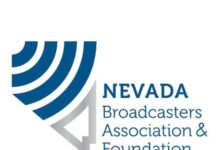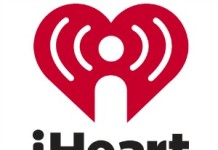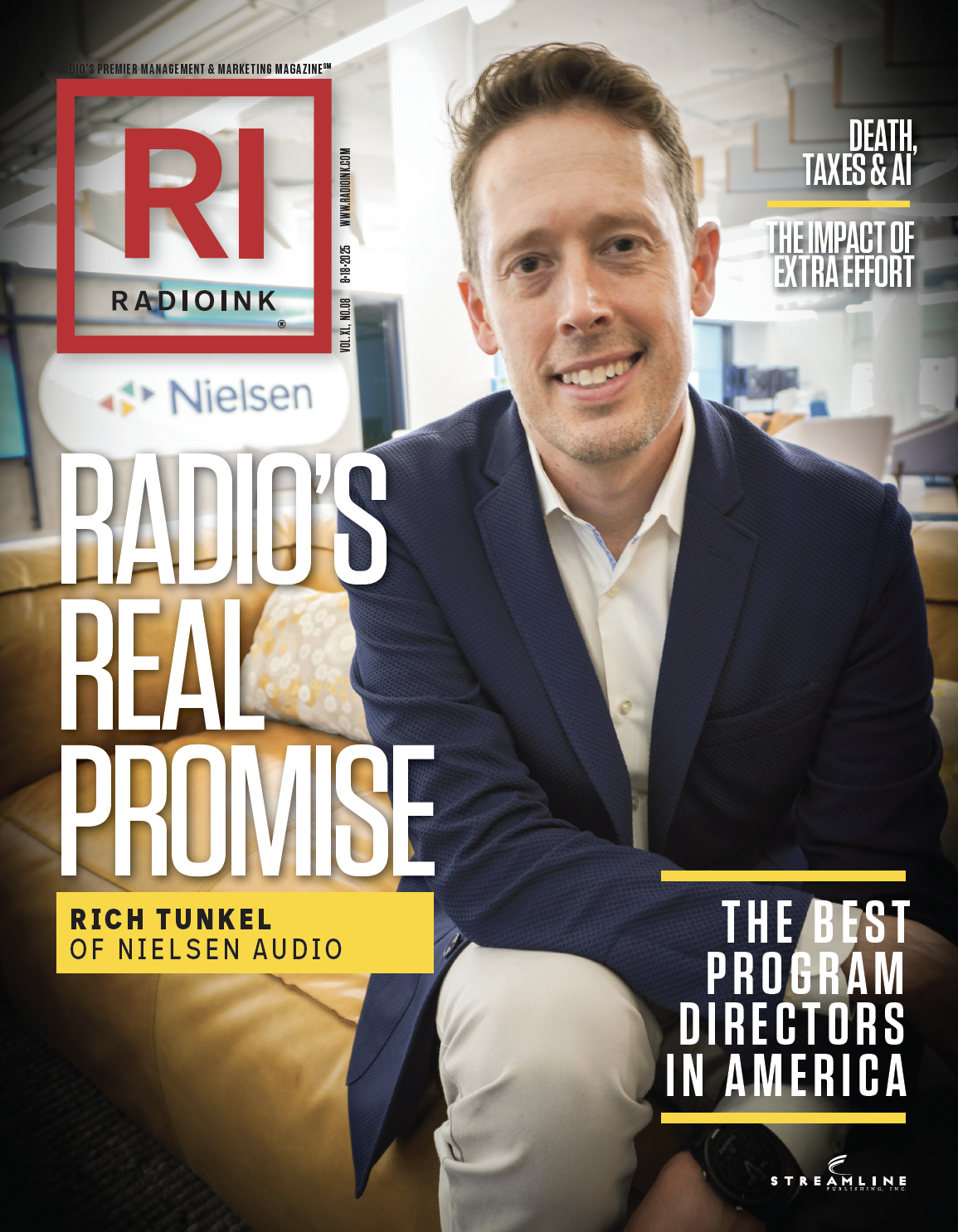
Despite being the leading mass reach medium in America, radio continues to face deep-seated misconceptions among advertisers and media planners. A new study is again showing just how far off the mark media planners still are when it comes to AM/FM.
A new August 2025 study by Advertiser Perceptions, backed by data from Nielsen, Edison Research, and LeadsRx, found that when asked what percentage of Americans are reached by AM/FM in a typical week, the average answer from agencies was just 40%. Nielsen data pegs the reality at 87%.
This perception-versus-reality divide continues with younger listeners. Contrary to the belief that Gen Z and Millennials have left radio behind, Nielsen finds that the 18–34 demographic is radio’s largest audience segment. Yet many planners assume these consumers are unreachable on broadcast audio.
Streaming audio platforms also continue to be overestimated.
Agencies surveyed in the study believe Pandora and Spotify command significantly more audience than radio: 41% vs. 26%. Edison’s Share of Ear, however, tells a very different story. AM/FM’s share of ad-supported audio is 14 times greater than that of Spotify and Pandora’s ad-supported tiers combined.
The report also challenges assumptions about media mix effectiveness. Advertisers often structure plans around digital, CTV, and linear TV. But Nielsen Media Impact data shows that adding AM/FM radio to the mix can increase overall campaign reach by 18% without additional cost, simply by reallocating 10% of existing spend.
Attribution studies from LeadsRx also support radio’s performance. Across 17 campaigns analyzed over five years for the Cumulus Media/Westwood One Audio Active Group, AM/FM drove an average 14% increase in site traffic.
More details on the Advertiser Perceptions study can be found via the Audio Active Group.






